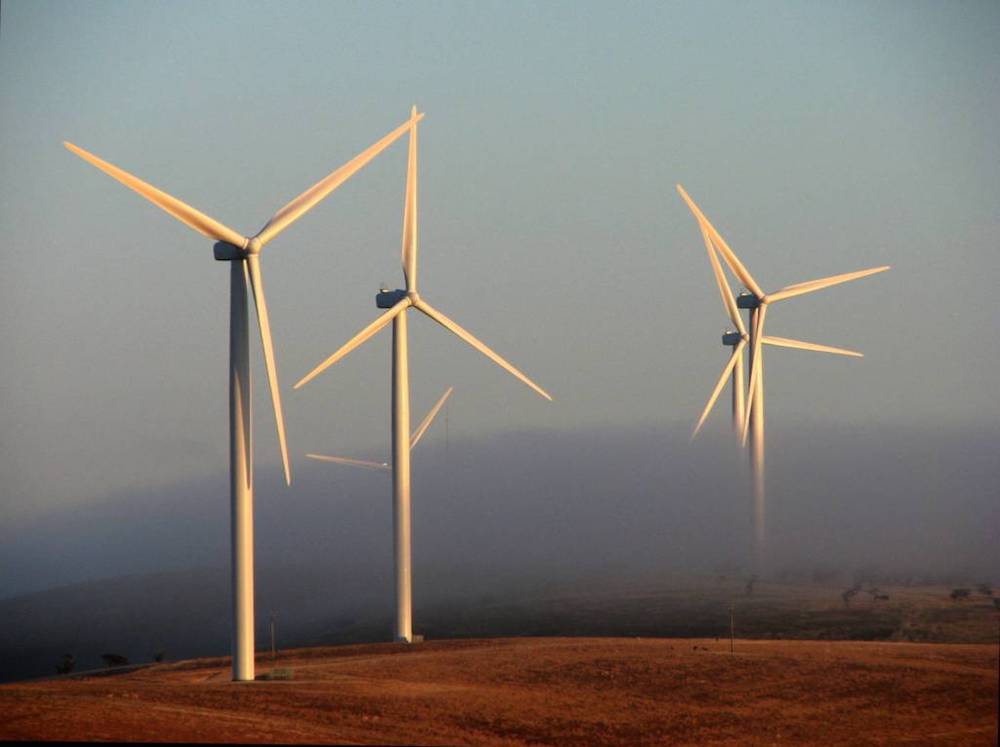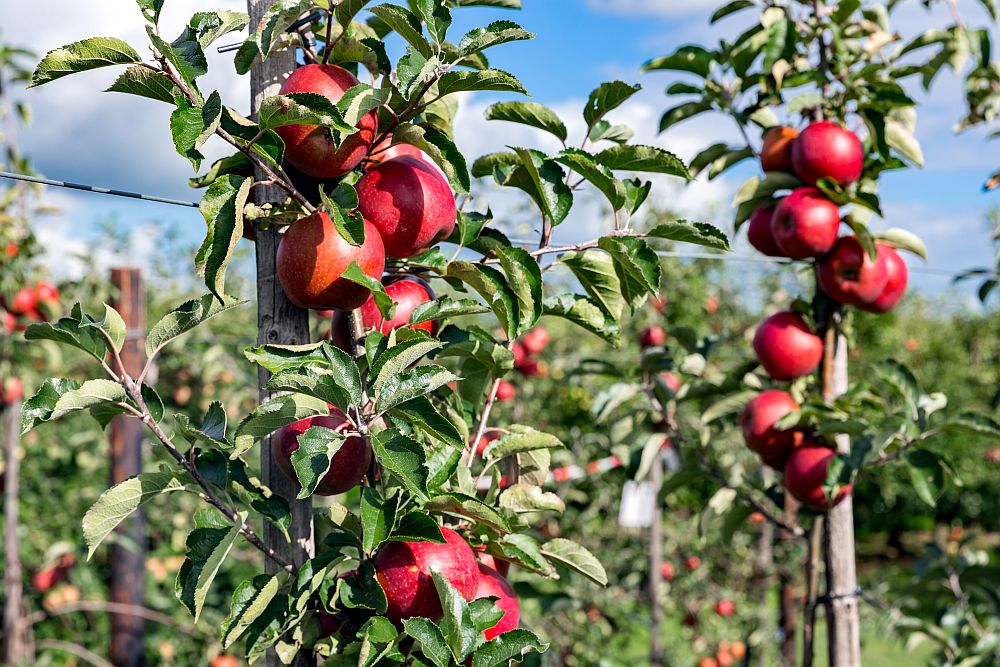
[Image above] Wind turbines play an essential role in renewable energy—can we make the process of decommissioning blades just as sustainable? Credit: David Clarke, Flickr (CC BY-NC-ND 2.0)
As exciting as it is to talk about fabricating new technologies, there is another side to the manufacturing process that is equally important to consider—how to dispose of technology at the end of its life.
Society, unfortunately, is not so good at this latter step. We’ve covered the challenges of e-waste and plastic waste on CTT, and today I want to look at another material that we struggle to recycle—wind turbine blades.
Wind turbines last an average of 25 years. When it comes time to decommission a turbine, the blades pose a problem.
“About 85% of turbine component materials—such as steel, copper wire, electronics, and gearing—can be recycled or reused. But the blades are different as they are made up of fiberglass (a composite material),” a blog post by the Union of Concerned Scientists explains. “The mixed nature of the blade material makes separating the plastics from the glass fibers to recycle into a workable fiberglass material difficult—and the strength needed for the blades means they are also physically challenging to break apart.”
Currently, the vast majority of turbine blades that reach end-of-use are either stored in various places or taken to landfills because there are few options for recycling. However, such an approach is not sustainable, especially when you consider the amount of material that is expected to be discarded in the coming years. Turbine blades average around 50 meters (164 feet) in length, with size expected to increase, and the U.S. alone is expected to decommission about 8,000 blades each year for the next four years.
Numerous companies have started investigating ways to decommission turbine blades sustainably. For example, Washington state-based startup Global Fiberglass Solutions developed a method to break down blades and press them into pellets and fiber boards for use in flooring and walls. Karl Englund, CTO at Global Fiberglass Solutions, discussed the process in a presentation at the Joint Center for Aerospace Technology Innovation Symposium in 2019.

Credit: JCATI Video, YouTube
In December 2020, GE Renewable Energy announced a multiyear agreement with Veolia North America to develop the first U.S. wind turbine blade recycling program of its kind, which is described in more detail in the video below.

Credit: Energy Live News, YouTube
These initiatives are needed, but breaking down turbine blades and turning them into new products is not the only way to recycle the blades. As we showed with our bottle house story last year, sometimes products can be reused in their current form as well. And repurposing wind turbine blades in their current form is the goal of researchers at the Cork Institute of Technology in Cork, Ireland.
Their Re-Wind project, which is supported by scientists from the Queen’s University Belfast (Northern Ireland) and the Georgia Institute of Technology (U.S.), aims to repurpose wind turbine blades for a variety of civil engineering projects. The collaboration has investigated the feasibility of repurposing wind turbine blades since 2016, and this year they are set to debut their first two large-scale demonstrations to test the potential.
The first demonstration involves building a footbridge in Ireland using two wind turbine blades as replacements for steel girders, which are the main horizontal supports. Onshore wind management company Everun donated two decommissioned blades to the project this past December, and the Re-Wind collaborators expect to finish the bridge by May and install it in June.
The second demonstration, called “Blade Pole,” is a collaboration with an electric power company to repurpose wind blades as large, high-voltage electrical transmission towers. The idea will be tested by installing three decommissioned blades as power towers on a wind farm in Kansas this summer. While the blades won’t be connected to the electric grid for the initial trial run, Re-Wind engineers plan to study the structure’s durability to determine if the idea is sound.
“We’ve got all the theory and calculations, but of course, as engineers, we also want to make sure that this works before putting live wires on it,” says Larry Bank, Re-Wind team lead and research faculty member at Georgia Tech, in a Grist Magazine article.
Beyond these two projects, the Re-Wind team has numerous other ideas for repurposing wind turbine blades, including laying blades horizontally along stretches of coastlines to act as wake brakes, using blades to build better noise barriers for highways, and cutting up blades for use in affordable housing.
“What I’d love to do is turn it [Re-Wind] into a blade waste brokerage business,” Angela Nagle, civil engineering Ph.D. student at the University College Cork, says in the Grist Magazine article.
Learn more about the Re-Wind team’s projects and research by visiting the collaboration’s website at https://www.re-wind.info.
Author
Lisa McDonald
CTT Categories
- Energy
- Environment


